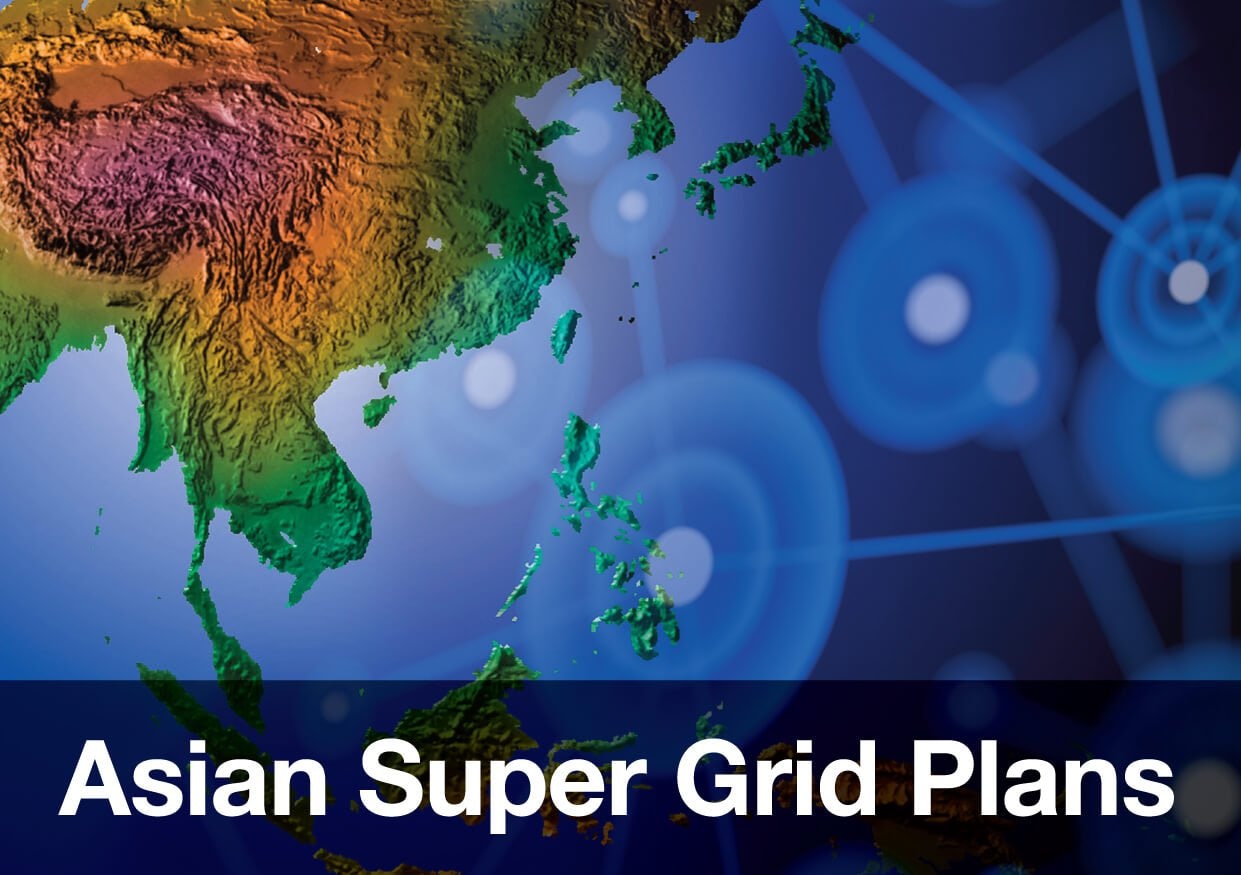Asian Super Grid Plans
When the Fukushima nuclear disaster took place in 2011, its impact could only be estimated from a very limited perspective. Apart from the immediate effect, it gave rise to many a shift and inspiration regarding technology, power production, and energy.
One of the biggest long-term changes was possibly Japan’s decision to shut down all nuclear reactors and rely on imported resources. It could, however, be soon overshadowed by something a lot bigger: the Asian Super Grid; an idea of Masayoshi Son, founder of the SoftBank Group.
The concept was born in 2011 when Son saw the damage of the explosion. The idea consists of a large energy “super grid” spanning a number of countries in north-east Asia: Japan; China; South-Korea; Russia; and Mongolia. The intention is to supply tens of millions of people across Asia with energy through an interconnected network that would allow its user nations to share supplies and resources when needed, particularly in the event of natural disasters. At the same time, a network of this size and capacity would reinforce its security and stability standards.
Currently, the project is in its infancy. Some preliminary studies have been conducted, such as economical and technical feasibility research, and the results have been favourable. Whilst any concrete work is still unrealistic and will require much development before it can commence, the “super grid” has experienced one massive advancement. In November, the project received strong endorsement from South Korea’s energy officials, the state-run power utility Kepco. The company’s CEO Cho Hwan-eik said he saw the grid reaching “beyond economics” and has potential to ease some of the tension of the region.
The Asian Super Grid may not yet be in the fulfilment stage, but SoftBank has been undertaking operations that hint towards its build. This year only, they have added a 50-megawatt wind farm in Mongolia, and announced plans to build two solar powered solutions in Japan.
Overall the project plans have been met with mixed reviews; most critics are in favour of the idea and the reasoning behind it, but many argue that the super grid is too complicated to carry out in practise. Dashboard focusses on the positive: as the first grid of this volume, it is bound to be met with suspicions, but there have been similar successes. The synchronous grid of Continental Europe, for example, was fully developed despite the problems it faced in its early stages. Even with low level connectivity, the concept of a large interconnected energy network has been proven to work and therefore, Dashboard believes there is a future for the Asian Super Grid.
